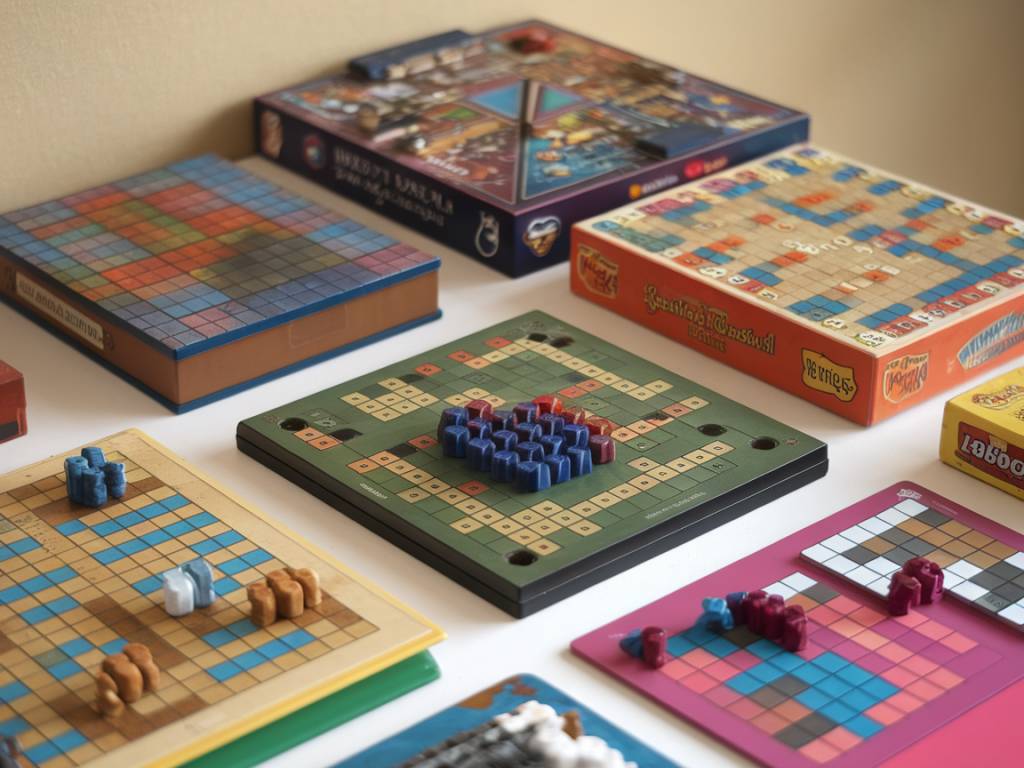Stud High-Low: mix game strategies

Hey there, poker enthusiasts! 🌟 As a seasoned poker player, I’m excited to delve into one of the more nuanced variants of poker: Stud High-Low, also known as Stud Hi-Lo or Stud Hi/Lo. This mix game not only keeps you on your toes with its unique set of rules but also demands a diverse range of strategies to dominate the table. In this article, I’ll break down the essential strategies you need to maximize your winnings in Stud Hi-Lo.
Understanding Stud High-Low
First things first, let’s understand what Stud Hi-Lo is all about. This poker variant is a split-pot game where the highest and the lowest hands share the pot. If you’re familiar with Seven-Card Stud, you’ll find Stud Hi-Lo quite similar, but with an added twist—the low hand 😎.
In Stud Hi-Lo, each player is dealt seven cards throughout the hand: three down cards and four up cards, making it a seven-card variant. The objective is to create the best possible high hand and the best possible low hand, with a qualifying low hand of five cards, eight or lower (also called the « Eight or Better » rule).
Basic Rules
Before diving into the strategies, it’s crucial to grasp the basic rules:
- Ante: All players put in a small bet to start the game.
- Third Street: Each player is dealt three cards (two face down, one face up). The player with the lowest upcard initiates the betting with a forced bet (bring-in).
- Fourth Street to Seventh Street: Players receive additional cards (one at a time) with betting rounds following each deal.
- Showdown: Players reveal their hands, and the pot is split between the highest hand and the lowest qualifying hand.
Starting Hand Selection
Your initial three cards are crucial in determining your strategy moving forward. 😏 Ideally, aim for hands that have the potential to scoop both the high and low pots. Strong starting hands include:
- Trips (Three of a kind) 🃏🃏🃏
- High pairs combined with an “eight or better” low card (like a pair of Aces and a 5) 🂡🂡🂵
- Three cards to a straight or flush, especially if they are also low cards
Hands like 2-3-7, 3-4-5, and A-2-5 are excellent starters because they give good chances for both high and low hands. In contrast, be wary of hands with a mix of high and low cards that don’t correlate well. These can often lead to conflicts in achieving either goal.
Analyzing Upcards
As the game progresses, carefully observing other players’ upcards is essential. Keep an eye on:
- Upcard suits: If multiple opponents have cards of the same suit as your flush draw, the chances of completing your flush diminish.
- Upcard ranks: Track whether other players are showing high or low cards to gauge their potential hand strengths.
Knowing what cards have already been dealt to other players informs your decisions. For instance, if you’re pursuing a low hand and most low cards are already visible, you might want to reconsider your strategy and possibly focus on obtaining a high hand instead.
Betting Strategies
Betting in Stud Hi-Lo can be a dance of deception and aggression. Here are some key betting strategies:
- Aggression Pays Off: Often, aggressive betting, particularly when you have strong high hands, can force opponents to fold their marginal low hands, allowing you to scoop the pot. 💪
- Bluffing and Semi-Bluffing: Bluffing can be particularly effective when high cards are dominant among visible cards. Similarly, semi-bluffing allows you to bet strong on a hand with potential, giving you two ways to win (opponent folds or you complete your draw).
- Splitting Strategies: In multi-way pots, be cautious if your hand isn’t strong enough. The likelihood of someone having a good high or low (or both) is higher. Aim to play hands that can potentially scoop the pot to avoid getting trapped in a losing situation.
Reading Opponents
Skilled players know that reading opponents is as important as knowing your hand. 🕵️ Pay attention to betting patterns, particularly in multi-way pots. If a player is heavily betting with low upcards, they might be aiming for a low hand and vice-versa. Noting these tendencies helps you predict their hand strength and adjust your strategy accordingly.
The Importance of Position
In Stud Hi-Lo, position is determined by the strength of your upcards each round, not by a fixed dealer button. While this makes position more fluid, it also means you’ve got to adapt:
- If you’re first to act with strong upcards, asserting control through aggressive betting can yield positive outcomes.
- If you’re last to act, you can make more informed decisions based on the actions of preceding players.
Maximizing your positional advantage involves a balance of aggression and patience, ensuring you make moves when they’re most impactful.
Key Adjustments for Different Game Stages
Stud Hi-Lo evolves through its distinct stages, each demanding specific adjustments:
- Early Stages: Focus on gathering information. Gauge opponents’ tendencies without risking too much of your stack.
- Middle Stages: If you’ve gathered strong information and have a solid hand, start to bully the pot. Pick up the pace and take control through aggressive betting, especially if you sense weakness.
- Late Stages: Refine your play depending on whether you’re chasing a high or low hand. Consider the showdown value of your hand and bet accordingly to either maximize value or cut losses.
Bankroll Management
Sound bankroll management is critical in the long run. Given the split-pot nature of Stud Hi-Lo:
- Resist the urge to chase every pot. Focus on hands where you have strong prospects of scooping or winning at least one part of the pot.
- Factor in the cost of antes and bring-ins. These add up over time and can significantly influence your overall profitability.
Adopting a disciplined approach ensures you stay in the game longer and have the capital to exploit high-value opportunities. 💵
Choosing the Right Environment
The environment where you play Stud Hi-Lo also affects your strategy. Whether you’re in a casino or an online room, the dynamics can vary:
- Live Games: Tend to be slower, allowing you more time to read players. However, they’re also more expensive in terms of rake and travel costs.
- Online Games: Often faster-paced, requiring you to make quicker decisions. On the flip side, they’re easily accessible and generally have lower rake.
Selecting the environment that best suits your playing style and schedule can be a game-changer. Ensure you’re also aware of the competitive level of your chosen venue or online platform.
By mastering these strategies and continually refining your approach, you’ll find Stud Hi-Lo to be a rewarding and endlessly fascinating game. Happy playing, and may the cards be ever in your favor! 🃏💰

